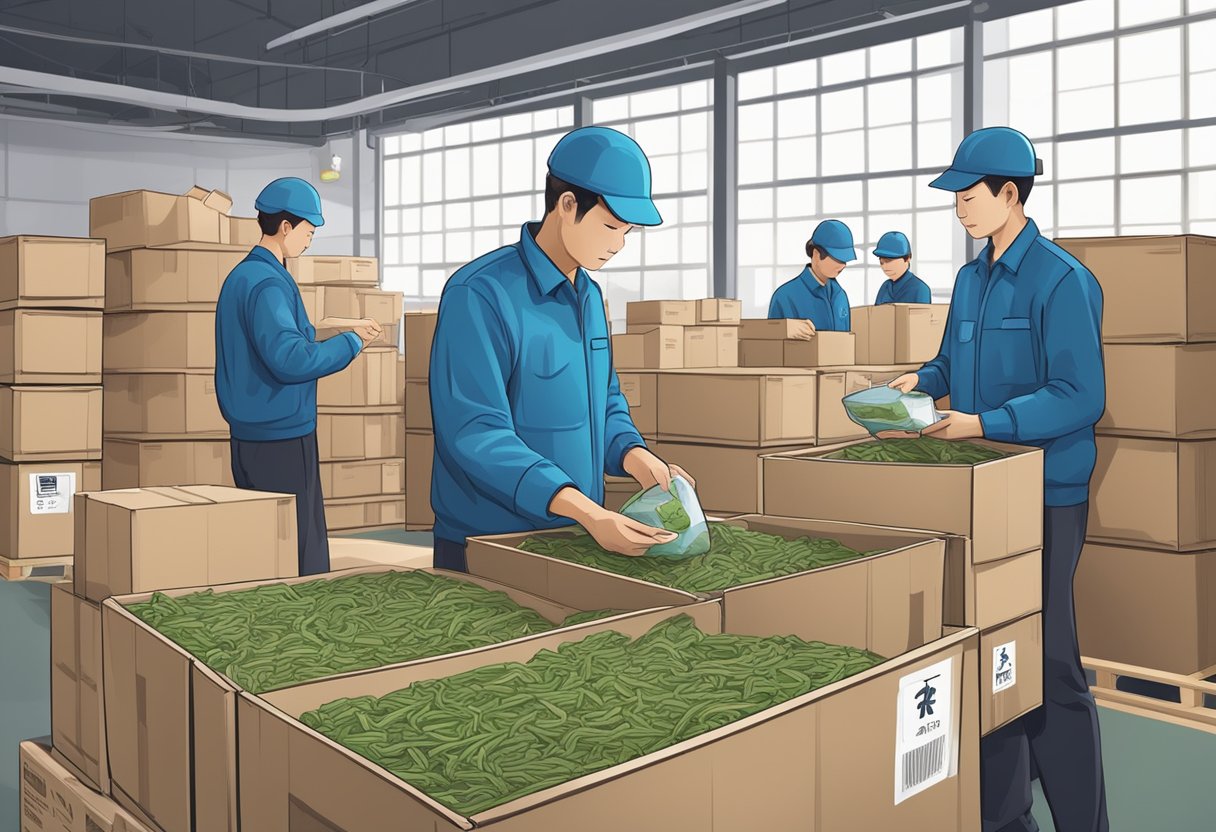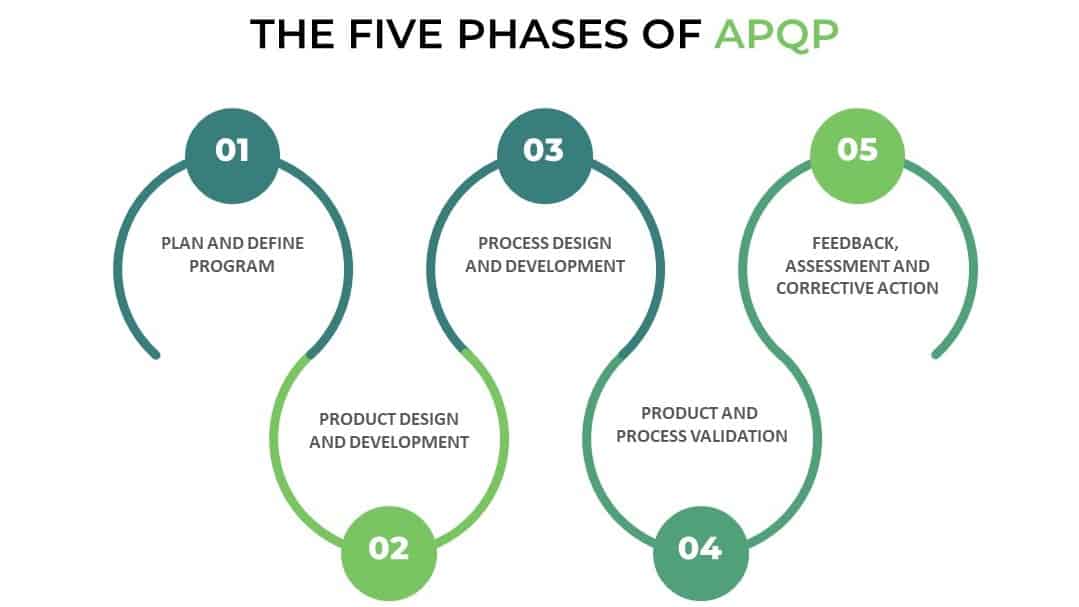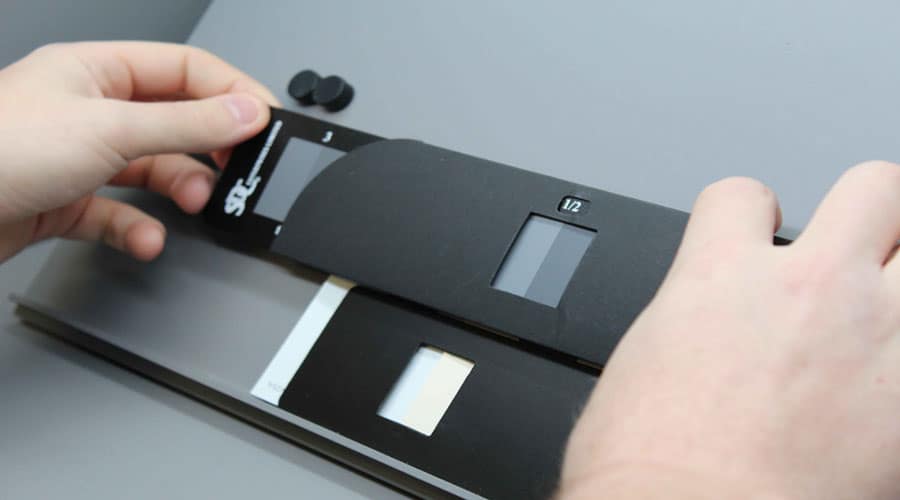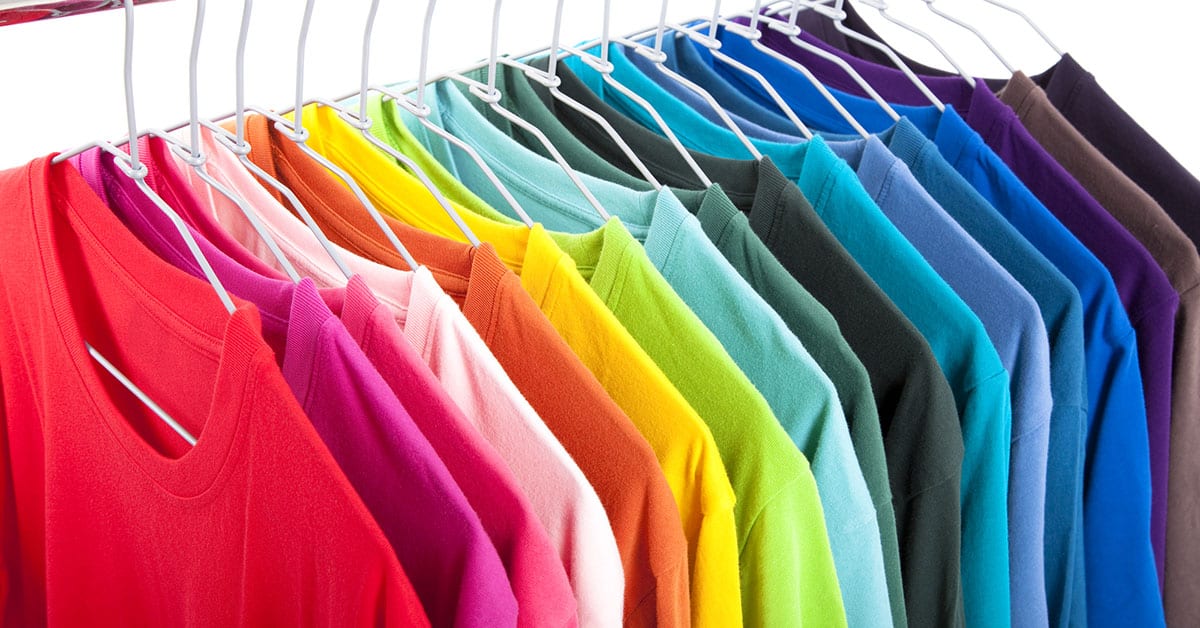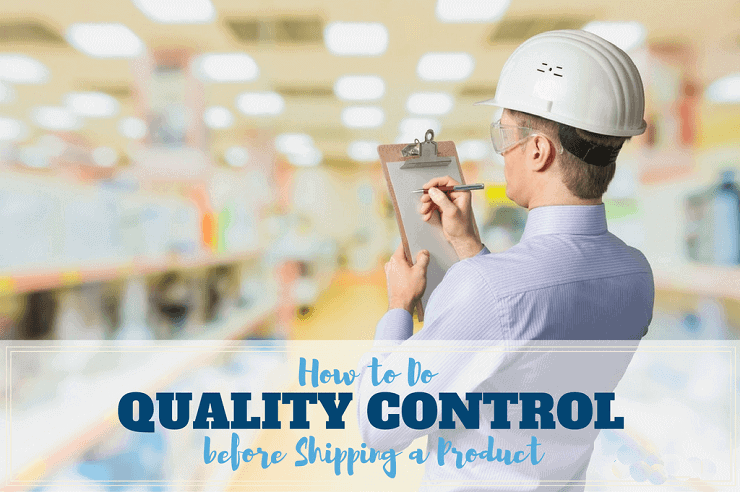RoHS compliance is a critical requirement for any company that produces or sells electronic products in the European Union (EU) market. RoHS stands for Restriction of Hazardous Substances, and it is a directive that restricts the use of ten hazardous substances in electrical and electronic equipment (EEE). The directive was first introduced in 2002 (Directive 2002/95/EC) and was later revised in 2011 (Directive 2011/65/EU), known as RoHS 2, and then in 2015 (Directive (EU) 2015/863), known as RoHS 3.
RoHS compliance is a legal requirement in the EU, and non-compliance can have severe consequences. Companies that fail to comply with RoHS regulations can face fines, product recalls, and damage to their reputation. RoHS compliance is also essential for companies that want to expand their business globally, as many other countries have implemented similar regulations or are in the process of doing so.
Key Takeaways
- RoHS compliance restricts the use of ten hazardous substances in electrical and electronic equipment (EEE) in the European Union (EU) market.
- RoHS compliance is a legal requirement in the EU, and non-compliance can result in fines, product recalls, and damage to a company’s reputation.
- RoHS compliance is essential for companies that want to expand their business globally, as many other countries have implemented similar regulations or are in the process of doing so.
Restricted Substances and Their Impact
Manufacturers of electronic and electrical equipment must comply with the Restriction of Hazardous Substances (RoHS) Directive. This directive restricts the use of certain hazardous substances in electronic and electrical equipment. Failure to comply with the RoHS directive can result in legal action and damage to a company’s reputation.
Hazardous Substances
The RoHS directive restricts the use of ten hazardous substances in electronic and electrical equipment. These substances include lead (Pb), cadmium (Cd), mercury (Hg), hexavalent chromium (Cr6+), polybrominated biphenyls (PBB), polybrominated diphenyl ethers (PBDE), bis(2-ethylhexyl) phthalate (DEHP), butyl benzyl phthalate (BBP), dibutyl phthalate (DBP), and diisobutyl phthalate (DIBP). These hazardous substances can be harmful to human health and the environment.
Phthalates
Phthalates are a group of chemicals used to soften and increase the flexibility of plastic. The RoHS directive restricts the use of three phthalates: DEHP, BBP, and DBP. These phthalates are known to be endocrine disruptors and can cause reproductive and developmental problems.
Heavy Metals
Heavy metals are a group of metals that have a high density and are toxic to humans and the environment. The RoHS directive restricts the use of four heavy metals: lead, cadmium, mercury, and hexavalent chromium. These metals can cause serious health problems, including cancer, neurological damage, and organ damage.
Manufacturers must test their products to ensure that they comply with the RoHS directive. They must also keep accurate records of the testing process and the results. By complying with the RoHS directive, manufacturers can ensure that their products are safe for use and protect the environment.
RoHS Compliance in Different Industries
RoHS compliance is a crucial requirement for various industries, including electronics and electrical equipment, medical devices, and toys. Each industry has its own set of regulations and standards that must be met to ensure compliance with RoHS.
Electronics and Electrical Equipment
The electronics and electrical equipment industry is one of the most affected by RoHS regulations. Manufacturers of electronic products must ensure that their products do not contain any of the restricted substances listed under RoHS. These substances include lead, mercury, cadmium, hexavalent chromium, polybrominated biphenyls (PBB), and polybrominated diphenyl ethers (PBDE).
To comply with RoHS, manufacturers must use alternative materials, such as lead-free solders, to replace the restricted substances. They must also ensure that their suppliers provide RoHS-compliant components and materials.
Medical Devices
RoHS compliance is also essential for the medical device industry. The RoHS directive applies to active implantable medical devices, such as pacemakers and defibrillators, as well as other medical devices that are electrically powered or contain electronic components.
Manufacturers of medical devices must ensure that their products do not contain any of the restricted substances listed under RoHS. They must also ensure that their suppliers provide RoHS-compliant components and materials.
Toys
RoHS compliance is also required for toys that are sold in the European Union. The RoHS directive applies to toys that are electrically powered or contain electronic components.
Manufacturers of toys must ensure that their products do not contain any of the restricted substances listed under RoHS. They must also ensure that their suppliers provide RoHS-compliant components and materials.
In conclusion, RoHS compliance is essential for various industries, including electronics and electrical equipment, medical devices, and toys. Manufacturers must ensure that their products do not contain any of the restricted substances listed under RoHS. They must also ensure that their suppliers provide RoHS-compliant components and materials to ensure compliance with RoHS regulations.
RoHS Documentation and Compliance Procedures
RoHS compliance requires manufacturers and importers to provide documentation that demonstrates their products meet the substance restrictions set forth in the RoHS directive. This documentation must be kept on file and made available upon request.
Compliance Documentation
Technical documentation is a key component of RoHS compliance. This documentation should include information on the materials used in the product, including their chemical composition, as well as any testing or analysis performed to confirm compliance. This documentation must be kept up-to-date and reviewed regularly to ensure continued compliance.
Exemptions and Exceptions
RoHS includes a number of exemptions and exceptions that allow for the use of restricted substances in certain circumstances. These exemptions and exceptions must be carefully considered when determining RoHS compliance. For example, some exemptions apply to specific industries or applications, while others may only be valid for a limited time period.
Labeling and Marking
RoHS requires products to be labeled and marked to indicate their compliance status. This includes the use of the CE mark, which indicates that the product meets all applicable EU directives, including RoHS. In addition, products must be marked with the maximum concentration value (MCV) for each restricted substance. This information must be clearly visible and legible, and must be provided in a language that is easily understood by the end user.
Overall, RoHS compliance requires careful attention to detail and a thorough understanding of the substance restrictions and documentation requirements. Businesses that sell products in the EU must ensure that their supply chain is RoHS compliant and that their products meet all relevant quality and reliability standards. Failure to comply with RoHS can result in fines, legal action, and damage to a company’s reputation.
Global Impact and Future Trends in RoHS Compliance
Impact on Global Supply Chain
The Restriction of Hazardous Substances (RoHS) directive has had a significant impact on the global supply chain. The directive bans the use of six hazardous substances, including lead, mercury, and cadmium in electronics equipment and other products. This has led to a shift in the manufacturing process, as manufacturers need to use alternative materials that comply with RoHS regulations.
The impact of RoHS compliance on the global supply chain has been profound. Manufacturers are now required to source components and materials that are RoHS compliant, which has resulted in a significant increase in the cost of production. The cost of research and development has also increased, as manufacturers need to find new materials that comply with RoHS regulations.
Future Trends in RoHS Compliance
RoHS compliance is expected to become even more stringent in the future. There is a growing concern about the environmental impact of electronic waste, and RoHS compliance is seen as a way to reduce the amount of hazardous waste that ends up in landfills. California has already introduced regulations that require manufacturers to label products that contain hazardous materials.
In the future, RoHS compliance is expected to become more widespread, with more countries adopting regulations similar to those in the European Union. This will have a significant impact on the global supply chain, as manufacturers will need to comply with multiple regulations.
Manufacturers will need to invest in research and development to find new materials that are RoHS compliant. This will require a significant investment in human resources and capital. Sub-assemblies and other components that are not RoHS compliant will need to be phased out, which will require a significant investment in manufacturing.
Conclusion
RoHS compliance has had a significant impact on the global supply chain, and the future is expected to bring even more stringent regulations. Manufacturers will need to invest in research and development to find new materials that comply with RoHS regulations. This will require a significant investment in human resources and capital. The impact of RoHS compliance on human health and the environment is expected to be positive, as it will reduce the amount of hazardous waste that ends up in landfills.


